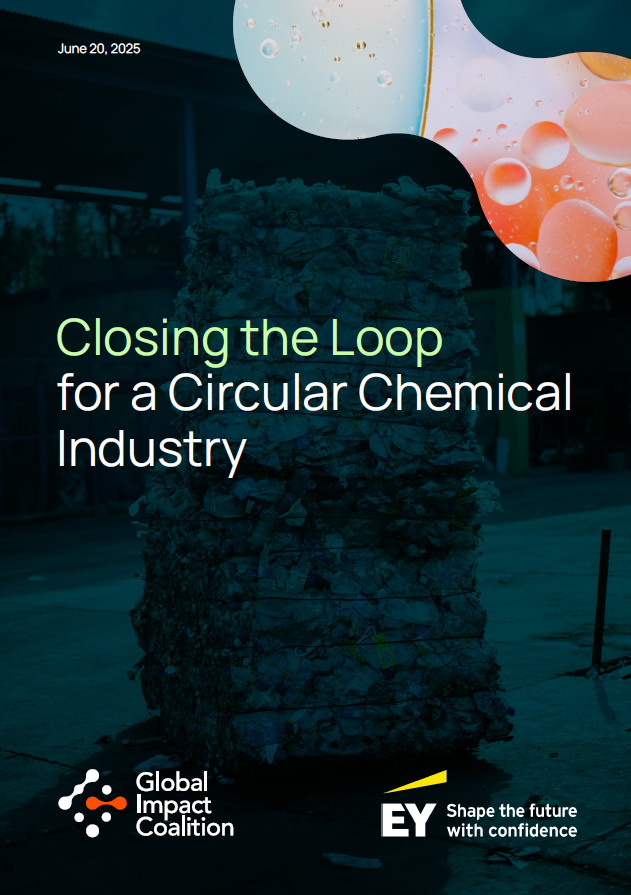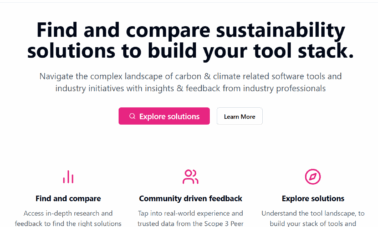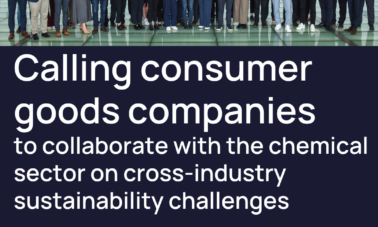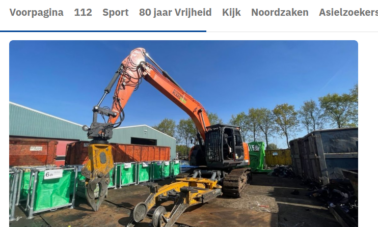The chemical industry plays a pivotal role in supplying feedstock materials to a wide range of manufacturers for nearly all goods, from food and medicine to apparel, automobiles and beyond. Because of this broad, cross-sector involvement, chemical companies are uniquely positioned to accelerate the transition toward a more circular economy. However, this same ubiquity also presents a challenge. The industry’s deep integration across global value chains increases the complexity of navigating regulatory landscapes, geopolitical tensions, market volatility and strict logistical demands, all of which make the shift from linear systems more difficult.
This paper explores how the chemical industry can help close the material loop, addressing barriers to circularity by scaling enabling technologies, supporting effective regulations and developing critical infrastructure. This transformation will require cross-sector coordination and collaboration, but the benefits are apparent: strong, resilient and more secure value chains.
Authored by Ernst & Young LLP (EY US) and the Global Impact Coalition (GIC), this paper is part of a broader mission to deepen industry-wide understanding of sustainability and circularity. This paper outlines three pillars critical to overcoming the barriers to a circular chemical industry:













